[LUM#22] Natural creativity
Can artificial intelligence be creative? For researcher Charles Lecellier and photographer Harald Schmidt, AI can be surprising, but human creativity is irreplaceable.
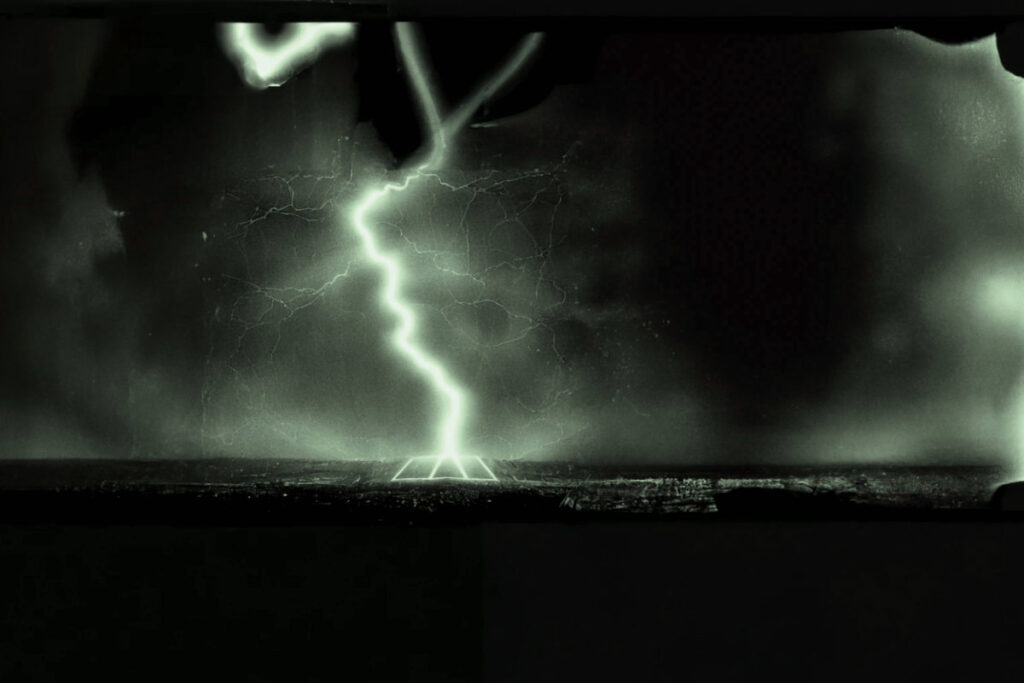
Charles Lecellier, a researcher at the Institut de Génétique Moléculaire de Montpellier and the Laboratoire d'Informatique, de Robotique et de Microélectronique de Montpellier, has set himself the goal of combining statistical learning and molecular biology to gain a better understanding of genome regulation. " As part of our awareness-raising activities, we wanted to illustrate the idea that machine learning algorithms are currently limited by learning data," stresses the researcher.
Charles Lecellier then called on Harald Schmidt, a scientist and photographer with a keen interest in artificial intelligence. " In my photographic work, I use generative computing in addition to film and digital photography, mainly as an abstraction assistant.
With the advent of generative AI in 2022, Harald Schmidt has discovered " a fascinating new technology for creating photographic abstractions ". A technology that in no way replaces the photographer: " Most of the works in which I have applied generative computing began with a genuine photographic act, taken with a digital camera or with an analog technique, to create assemblages, compositions, mosaics."
The researcher and photographer emphasize that AI works on human-generated images and does not directly implement a creative process. " AI is just an average reproduction of what it has learned. You can't say to it: be creative, you have to give it hints. But it creates some pretty amazing things regardless ," says the photographer. " The overall idea is that artificial intelligence doesn't create, it just gives us what we ask it to give us, but human creativity remains essential and irreplaceable ," concludes Charles Lecellier.
Mixed media images resulting from experimentation with the application of generative computing techniques to real photographic works as an assistant to abstraction.
The colored background images are artistic interpretations of the titles of scientific publications by Charles Lecellier and his team, created with the support of generative computing techniques.
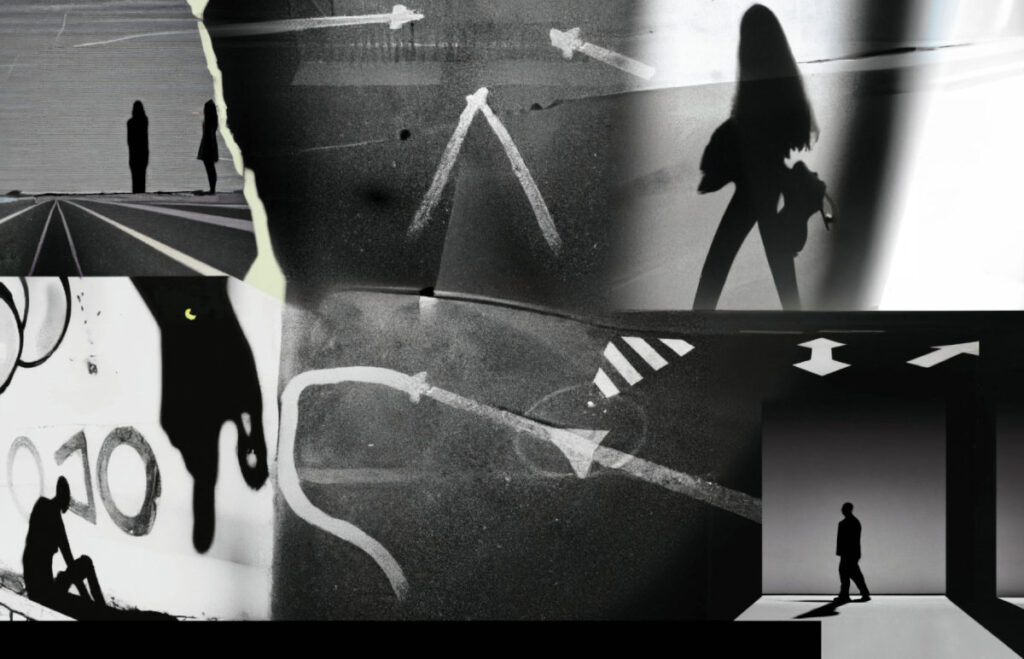
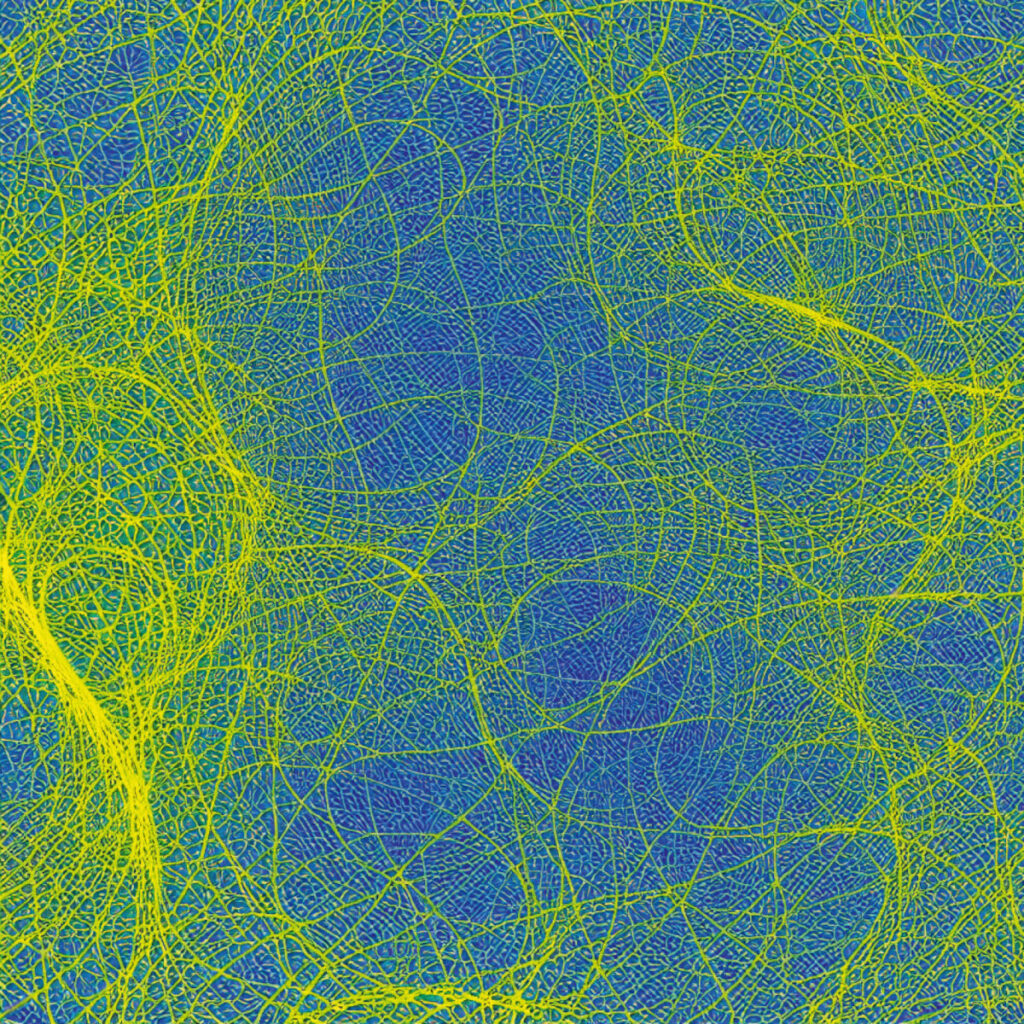
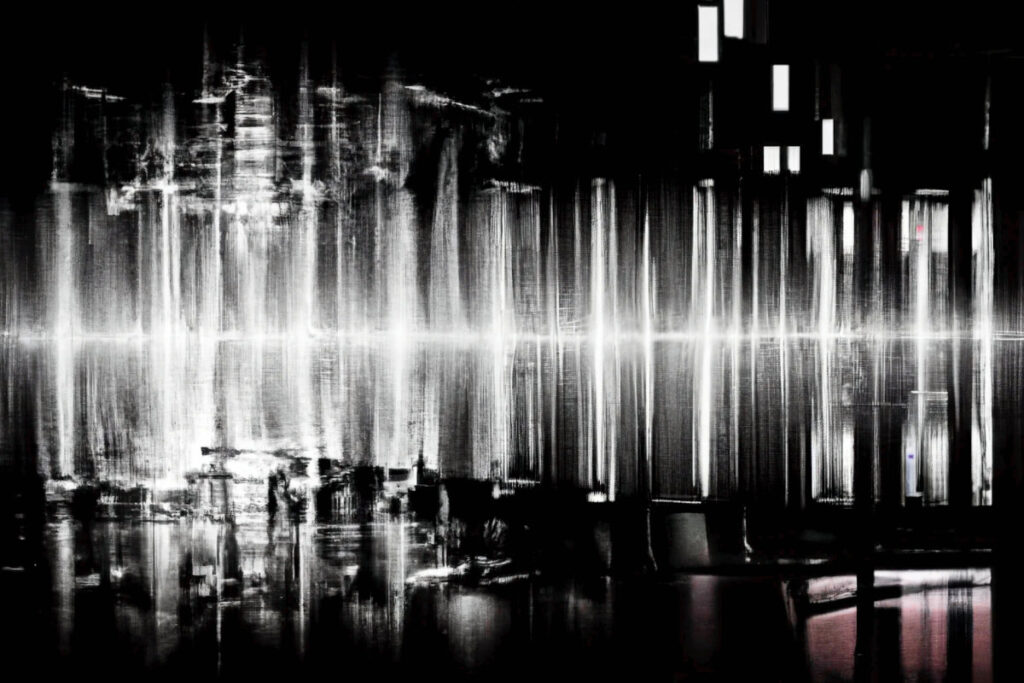
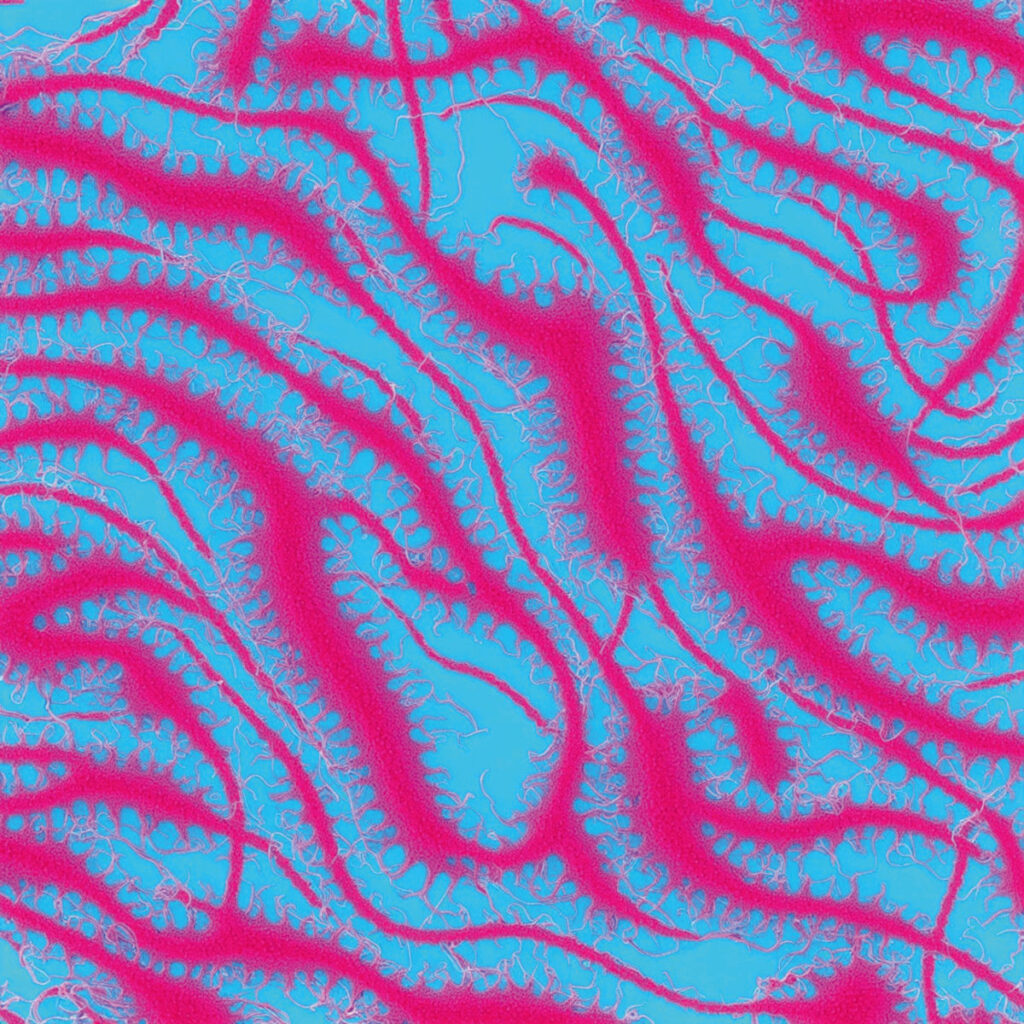
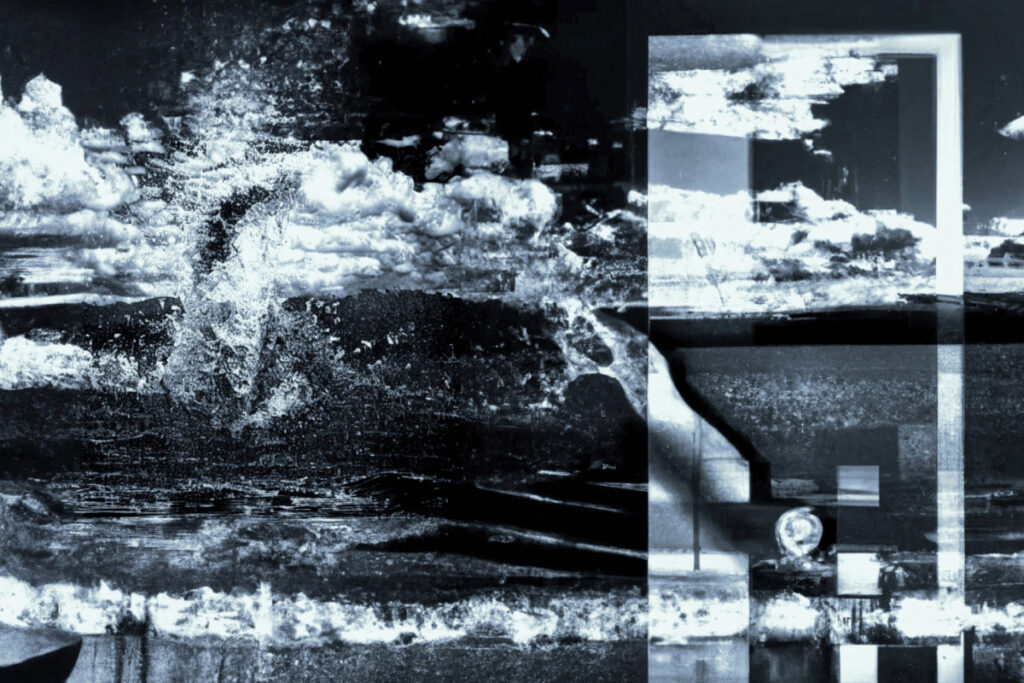
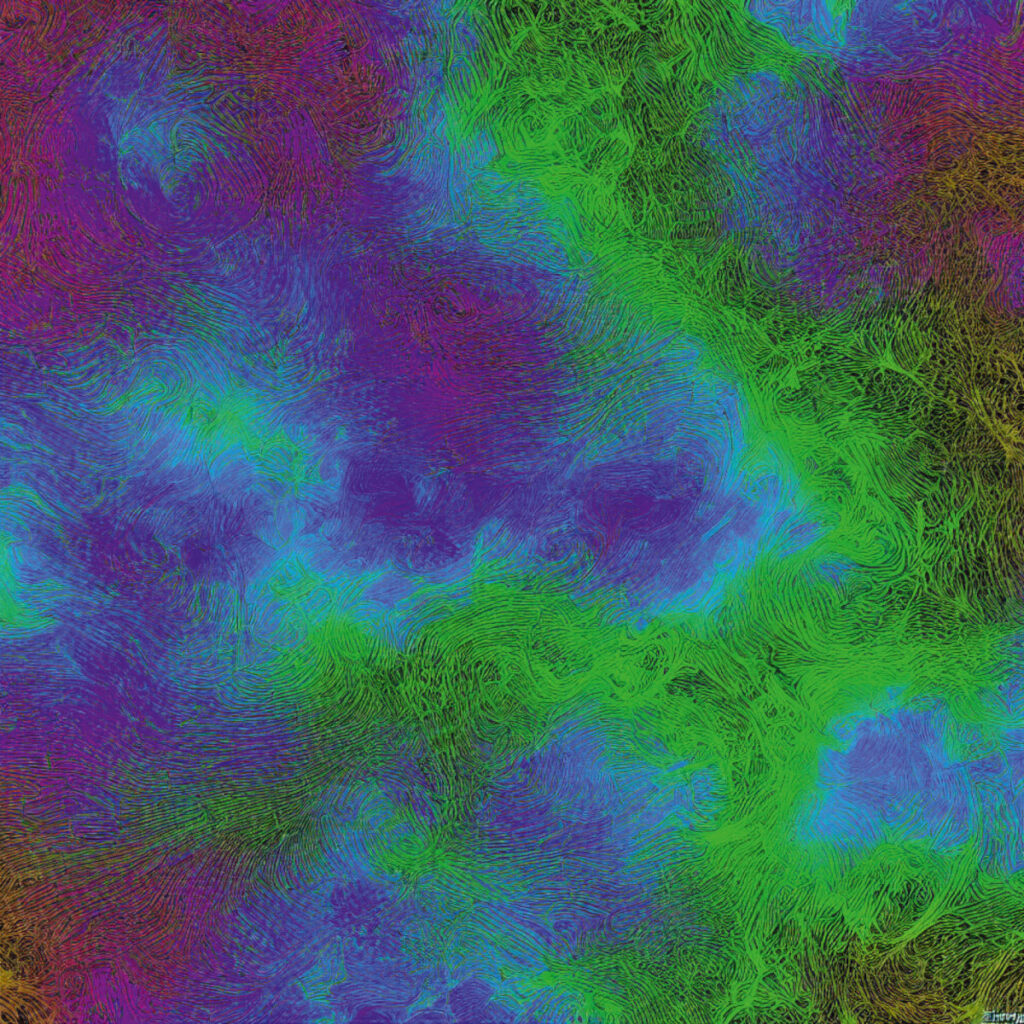
UM podcasts are now available on your favorite platforms (Spotify, Deezer, Apple podcasts, Amazon Music...).